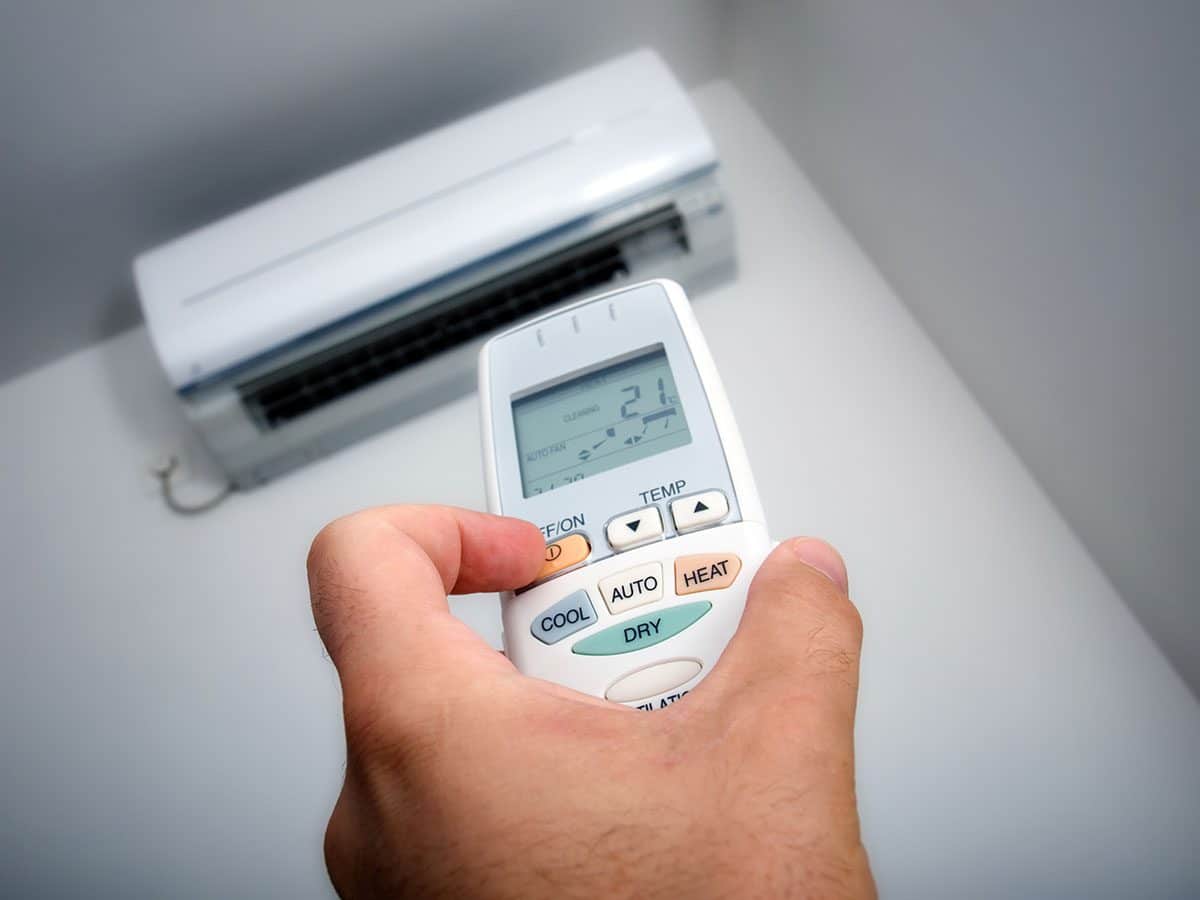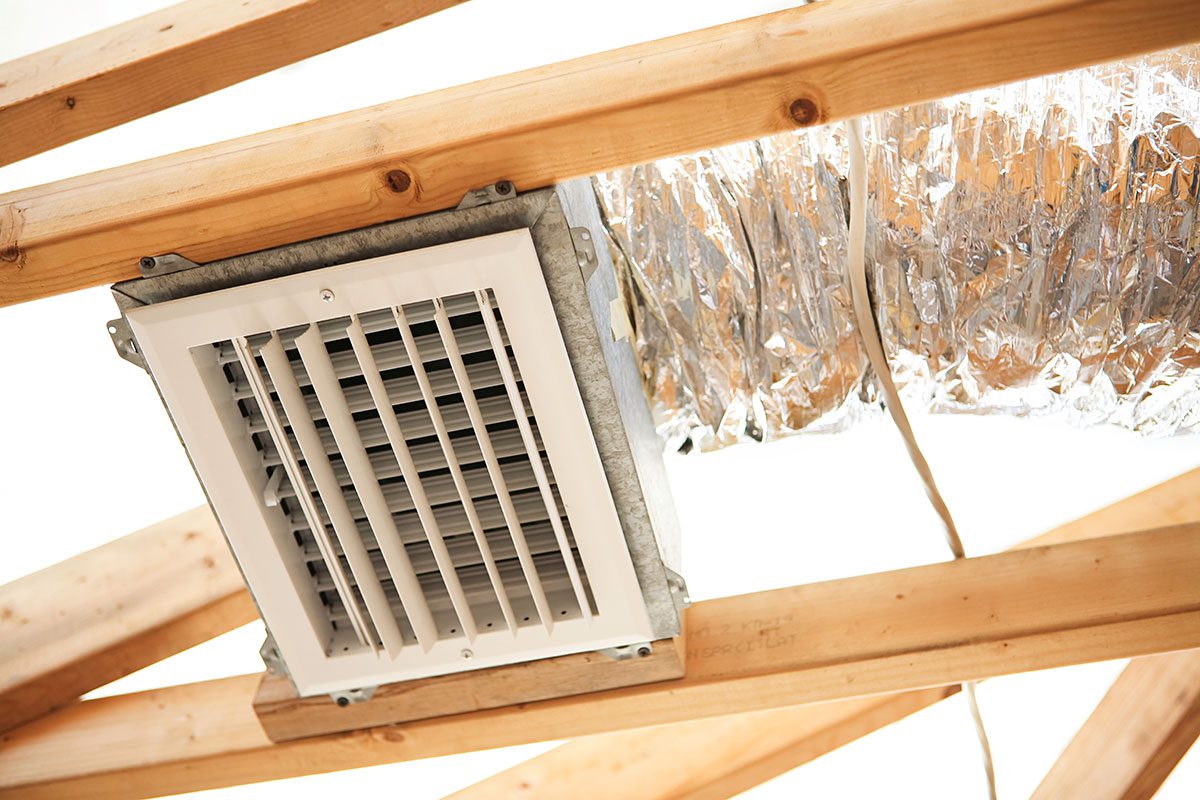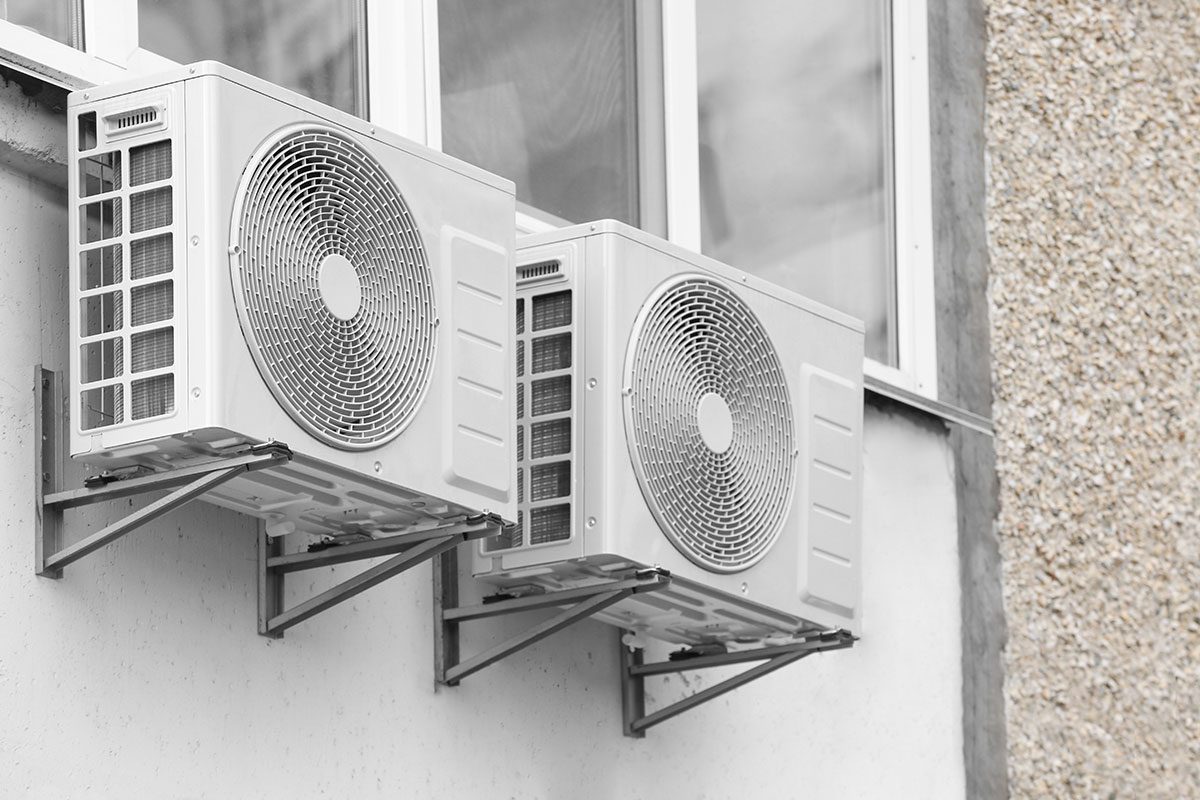By switching to air source heat pumps, people in the Northeast and Mid-Atlantic regions save an average of $459 to $958 per year. Running an air source heat pump also costs 30% to 40% less than using a forced-air system. Why are air source heat pumps so energy efficient? Here are a few reasons.

They Don’t Generate Heat
While most traditional heating systems generate heat, an air source heat pump simply moves heat. It extracts heat from outside your home and brings it inside. Even in cold temperatures, this process requires less energy than generating heat. Air source heat pumps produce 1.5 to 3 times more heat energy than they consume in electric energy.
For comparison, an electric furnace or boiler turns 95% to 100% of the electric energy it consumes into heat. These systems are considered relatively efficient but are still significantly less efficient than air source heat pumps.
They Have No Ducts
Ducted heating systems can lose up to 35% or more of their energy through ductwork. As air travels through the ducts, it seeps out of holes or the sides of the ductwork due to poor insulation. This air is wasted in attics, crawlspaces, or other unused areas. Air source heat pumps are ductless, so you don’t have to worry about this inefficiency.

They Include Precise Refrigerant Flow
Air source heat pumps use refrigerant to move heat. This process is reversed when cooling. The refrigerant changes from a liquid to a gas as it moves through the system, and thermostatic expansion valves control the amount of refrigerant. To boost efficiency, air source heat pumps use high-quality expansion valves that allow for precise control.
They Contain Energy Efficient Variable Speed Blowers
The indoor air-handling unit of your air source heat pump features a fan that blows air into your home. Older systems had single-speed fans that consumed the same amount of energy in all circumstances. Today’s energy efficient heat pumps use variable-speed fans that adjust their speed depending on room temperature.
This adaptation helps to ensure the fan doesn’t run more than necessary. It also keeps the space at a more consistent temperature. Additionally, variable speeds mean that the unit doesn’t have to cycle on and off as much, saving energy.
They Have Improved Coil Design
The refrigerant in an air source heat pump moves through copper coils. These coils hold the refrigerant within both the indoor and outdoor units of your mini-split. As the outer coil absorbs heat from the air, the refrigerant changes from liquid to gas. The gas then moves to the inside coil. As air moves over the coil, it picks up the heat and blows it into your space.
As the coil cools down, the refrigerant changes back into a liquid. It then moves back outside, and the process repeats. Heat pump manufacturers like Mitsubishi Electric have continued to improve coil design over the years to make this process as efficient as possible. Copper coils now have grooves that increase their surface area to maximize heat absorption and release.
They Boast Two-Speed Compressors
Compressors help to move refrigerant between the indoor and outdoor units of air source heat pumps. When a compressor has two speeds, it can automatically adjust based on heating and cooling needs. This makes indoor temperatures more consistent. It also allows your compressor to run at lower speeds and prevents excessive on-and-off.
Over the years, air-source heat pumps have improved substantially in energy efficiency. Early generations didn’t work as well in cold climates, but technological advances have changed that. Now, air source heat pumps are very efficient, even in below-freezing temperatures.

An air source heat pump can reduce energy consumption in your home or business and improve your comfort levels. To learn more about the benefits of air source heat pumps, look at our case studies of other people who’ve made the switch in Massachusetts. To set up an appointment, call us today.

